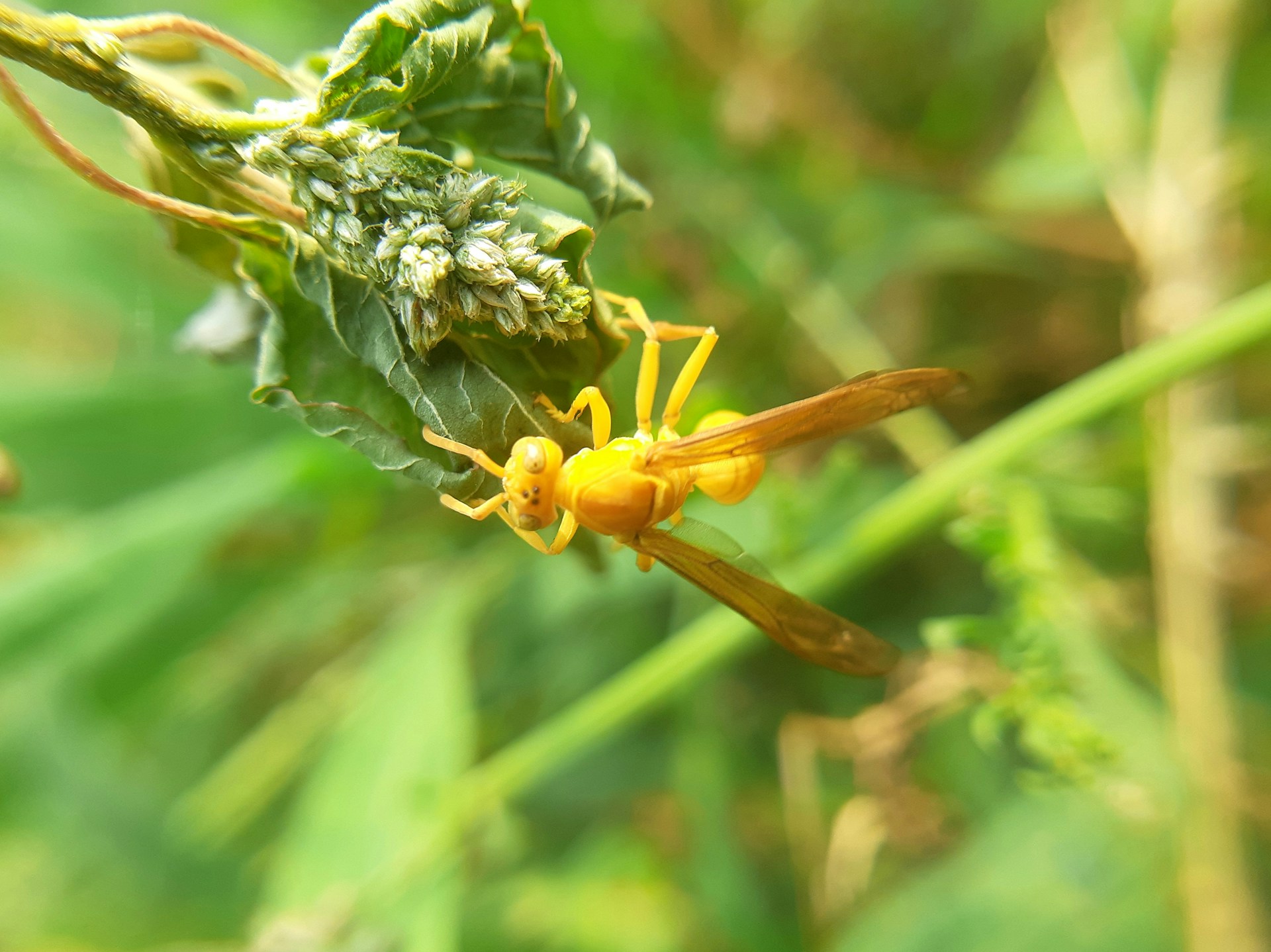Creating a Hummingbird-Friendly Wetland Garden: Best Plants and Effective Mosquito Management
Introduction
Wetland gardens are ecological havens, supporting an extraordinary range of biodiversity. For the outdoor enthusiast, these gardens provide a unique opportunity to witness the breathtaking spectacle of hummingbirds darting through the landscape. Beyond their enchanting presence, hummingbirds play a crucial role in pollination, helping to sustain the very ecosystems they grace with their presence. Establishing a wetland garden that attracts hummingbirds involves thoughtful planning and a deep understanding of both plant selection and mosquito management. Despite the challenges, the rewards of maintaining such a garden are immense.
Understanding Mosquito Control in Wetland Gardens
Mosquitos are an inevitable component of wetland environments. These pesky insects need very little water to breed, making their presence almost guaranteed in any garden with water features. However, there are several best practices to reduce mosquito breeding sites. Ensuring there is no stagnant water by maintaining water flow in wetland gardens and using gravel or rocks in drainage areas can significantly mitigate mosquito issues.
- Natural Mosquito Predators: Effective mosquito predators in wetland environments include birds such as hummingbirds, dragonflies, and bats. Encouraging these predators through plant selection and habitat creation can help keep mosquito populations in check.
- Encouraging Predator Presence: Installing bird feeders and planting nectar-rich flora attract natural mosquito predators to your garden. The combination of copepods and notonectids, for example, leads to improved predation effects on mosquito larvae.
Selecting Hummingbird-Friendly Wetland Plants
Choosing the right plants is paramount to creating a hummingbird-friendly wetland garden. Here’s a guide to some top choices:
- Cardinal Flower (Lobelia cardinalis): With high water requirements, this plant’s vibrant red flowers are a magnet for hummingbirds. Ideal for wet areas but may need supplemental watering during droughts. Fits best in part shade to medium sun locations.
- Great Blue Lobelia (Lobelia siphilitica): Similar to Cardinal Flower but boasts exquisite blue hues. Highly tolerant of wet conditions, it provides essential nectar during late summer to early fall.
- Jewelweed (Impatiens capensis): Extending the bloom season, this plant’s orange blossoms draw in hummingbirds. However, it can be aggressive, so managing its spread is necessary to maintain balance in the garden.
- Joe Pye Weed, Ironweed, Boneset, Swamp Milkweed: All tolerant of wet conditions, these plants not only attract hummingbirds but also beneficial insects that can help control mosquito populations.
- Swamp Rose Mallow (Hibiscus moscheutos) & Lizard’s Tail (Saururus cernuus): Beneficial for native bees and other pollinators, their showy flowers add a picturesque quality to the garden.
- Blue Mistflower (Conoclinium coelestinum) & Swamp Sunflower (Helianthus angustifolius): Perfect for pond margins, these plants bloom from late summer to fall, offering a prolonged nectar source for hummingbirds.
Strategic Planting and Maintenance Tips
Grouping plants strategically not only maximizes visual appeal but also enhances ecological function. Creating visual impact with plant groups is important for maintaining an attractive yet functional garden. Here are some essential tips:
- Grouping Plants: Clustering plants in groups amplifies visual impact and creates mini-ecosystems attractive to hummingbirds and beneficial insects. This approach aids in the orderly planning of the garden space.
- Ensuring Water Flow: Maintaining water flow in wetland gardens is crucial to avoid stagnant water. Avoid blocking culverts and use gravel or rocks in drainage areas to facilitate proper water movement.
Managing Mosquito Breeding Sites
Dealing with mosquitos effectively ensures the success of your wetland garden. Applying mosquito dunks or bits is an eco-friendly and effective way to control mosquito larvae in standing water. Here are some additional strategies for managing mosquito populations:
- Eco-friendly Solutions: Use mosquito dunks or bits in ponds and water features based on water volume, ensuring minimal impact on non-target species.
- Timing Activities: Conduct garden activities like planting and maintenance outside of peak mosquito hours (dusk and dawn) to avoid excessive exposure to these pests.
- Natural Predator Support: Encourage the presence of natural predators like hummingbirds, dragonflies, and bats by maintaining a diverse plant habitat and providing adequate food sources.
Enhancements for Attracting Hummingbirds and Other Wildlife
Installing a hummingbird feeder or a general bird feeder can supplement natural nectar sources, offering additional sustenance to visiting birds. Observing the garden over time allows for adjustments based on plant performance and wildlife activity. Here are additional tips for enhancing your garden:
- Supplemental Feeding: Regularly stocked feeders provide a dependable food source, particularly during periods when natural blooms are scarce.
- Observing and Modifying: Pay close attention to which plants and features attract the most wildlife, then make changes and additions to optimize the garden’s appeal and ecological function.
Personal Touches and Testimonials
Creating a hummingbird-friendly wetland garden is a rewarding personal journey characterized by vibrant blooms and frenetic wildlife activity. Drawing from my own gardening experiences, I’ve discovered the profound beauty of witnessing hummingbirds dart among the Cardinal Flowers and the challenges of managing Jewelweed’s aggressive spread.
Success stories from fellow gardeners emphasize the importance of trial and error, patience, and adaptation. From my experience, planting wetland plants in early fall proved particularly beneficial, allowing them to establish roots before winter. Encouragement from successful outcomes with plants like Joe Pye Weed and Swamp Milkweed provides inspiration for continuous improvement and dedication to maintaining a thriving wetland ecosystem.
Conclusion
In conclusion, the creation of a hummingbird-friendly wetland garden brings numerous ecological benefits while fostering a deeper connection with nature. The key practices discussed—choosing the best wetland plants native to the USA, maintaining water flow in wetland gardens, practicing effective mosquito management, and supplementing natural nectar sources—are fundamental in achieving a harmonious and functional garden.
We invite our readers to share their experiences and tips, contributing to a collective knowledge base that celebrates the joy and beauty of creating vibrant, wildlife-friendly spaces. Embark on your journey, and with patience and care, you’ll witness the fluttering elegance of hummingbirds gracing your garden in no time.

